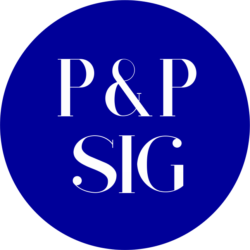Calling all Policies and Procedures (P&P) SIG members! Join us in a virtual meeting of the minds on Tuesday, March 22, 2022, from Noon EST/11am CST (1 hour). Come and get to know the SIG’s new co-Managers and other volunteer leaders, find out what we’ve been up to, and learn how you can contribute. We would also like to hear from you to get your input, ideas, and interests. Feel free to submit any questions or topics of interest prior to the meeting.
The webinar is FREE. To register, reply to manager@ppsig-mailstc.org with:
- Your name
- Your contact email address
- Any input, ideas, interests, or questions.
We will respond by sending you a link to the webinar. Thank you in advance, and we look forward to talking with you.
We will be attending the STC Summit in Rosemont, IL 15 -18 May 2022.
It’s not too late to join us!
